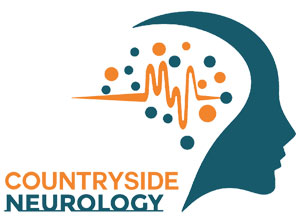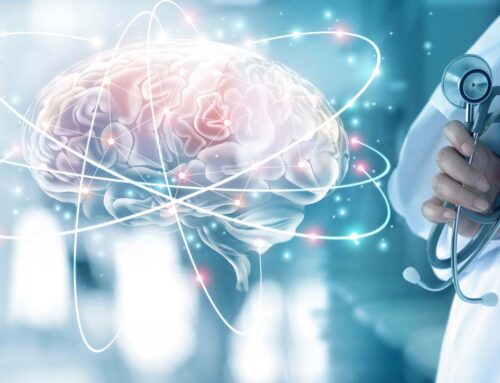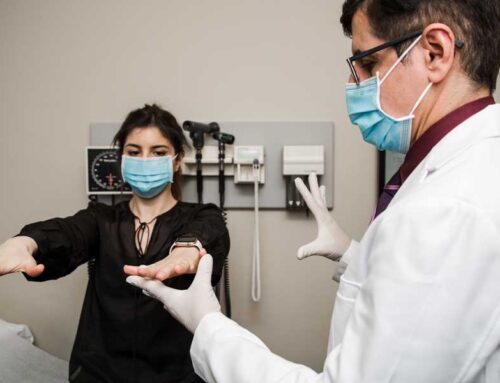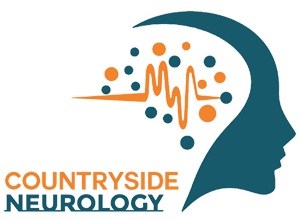**Interviewer:** Dr. Khademi, thank you for joining us today. Can you start by explaining what Transcranial Magnetic Stimulation (TMS) is and how it’s used in both psychiatry and neurology?
**Dr. Khademi:** Certainly. TMS is a non-invasive procedure that uses magnetic fields to stimulate nerve cells in the brain. In psychiatry, it’s often employed to treat conditions like depression, while in neurology, it can be applied to address various neurological disorders.
**Interviewer:** How does TMS work on a neurological level, and what are the mechanisms that make it effective in treating certain conditions?
**Dr. Khademi:** TMS works by generating magnetic fields that induce electrical currents in specific regions of the brain. In neurology, this can modulate neural activity and has shown promise in conditions like migraine, neuropathic pain, and certain movement disorders. The exact mechanisms are still being researched, but it appears to influence neuronal circuits and neurotransmitter release.
**Interviewer:** As a board-certified neurologist, how do you see TMS fitting into the broader landscape of neurological treatments?
**Dr. Khademi:** TMS offers a unique avenue in neurological care. It’s particularly interesting in disorders where aberrant neural activity plays a role, such as in chronic pain conditions or certain movement disorders. While it’s not a one-size-fits-all solution, it complements existing treatments and provides a novel approach to modulating brain function.
**Interviewer:** What are some of the key advantages of TMS over traditional treatment methods in neurology?
**Dr. Khademi:** One significant advantage is its non-invasiveness. TMS doesn’t involve surgery or the use of medications that can have systemic side effects. It’s generally well-tolerated, and patients can resume their normal activities immediately after a session. Additionally, the targeted nature of TMS allows for precision in addressing specific neural circuits.
**Interviewer:** Moving to psychiatry, how has TMS been integrated into the treatment landscape for mental health conditions?
**Dr. Khademi:** In psychiatry, TMS has become a valuable option, especially for individuals with treatment-resistant depression. By modulating neural activity in the prefrontal cortex, it can bring about positive changes in mood. TMS is also being explored in other psychiatric disorders, showing promise in conditions like obsessive-compulsive disorder (OCD) and post-traumatic stress disorder (PTSD).
**Interviewer:** Are there any misconceptions about TMS that you often encounter, either in neurology or psychiatry?
**Dr. Khademi:** One common misconception is that TMS is a cure-all. While it’s a powerful tool, it’s essential to recognize its specific applications and limitations. It’s not suitable for every neurological or psychiatric condition, and patient selection is crucial for successful outcomes.
**Interviewer:** Looking ahead, where do you see the future of TMS heading in both neurology and psychiatry?
**Dr. Khademi:** The future looks promising. Continued research will likely uncover new applications for TMS in various neurological and psychiatric conditions. Refinements in technology may lead to even more targeted and personalized treatment approaches, expanding its role in enhancing brain health.
**Interviewer:** Thank you, Dr. Khademi, for sharing your insights on TMS in both neurology and psychiatry. It’s been enlightening to learn more about this innovative approach to brain stimulation.
**Dr. Khademi:** My pleasure. It’s an exciting field, and I’m hopeful about the positive impact TMS can have on the lives of our patients.





